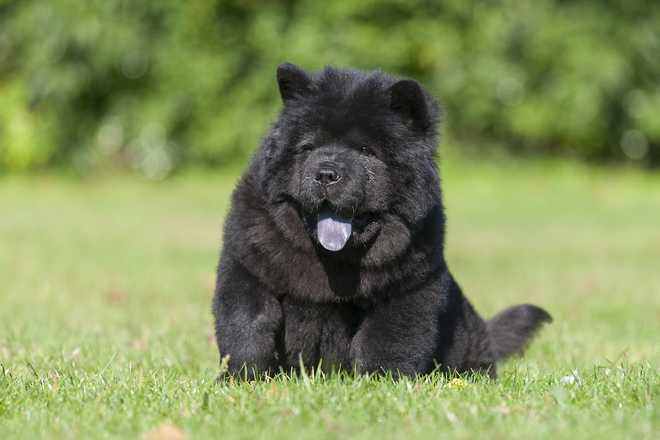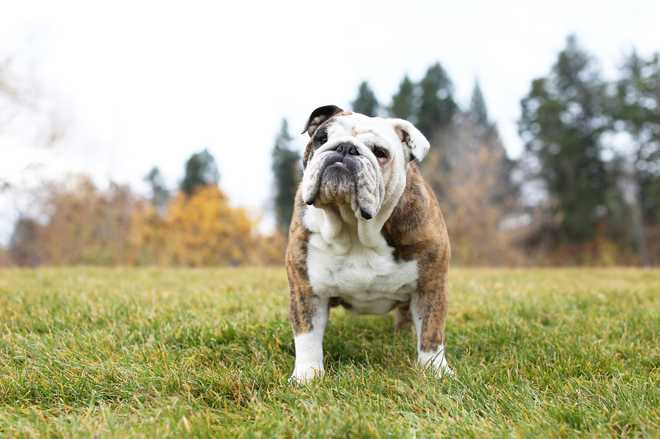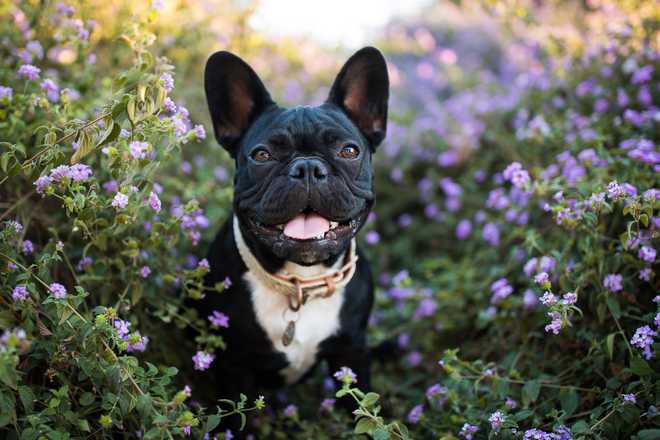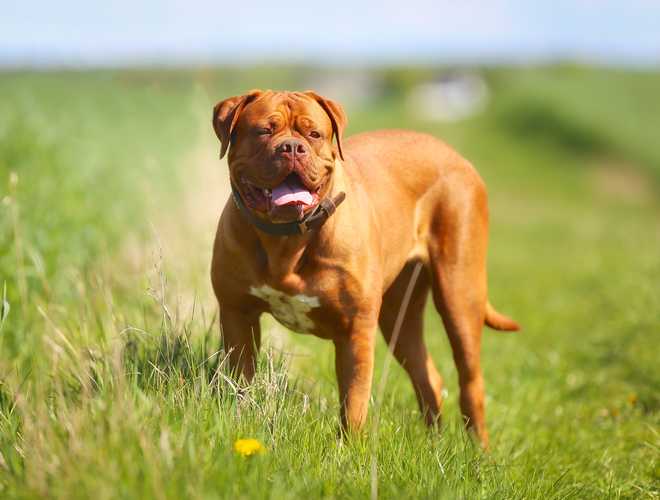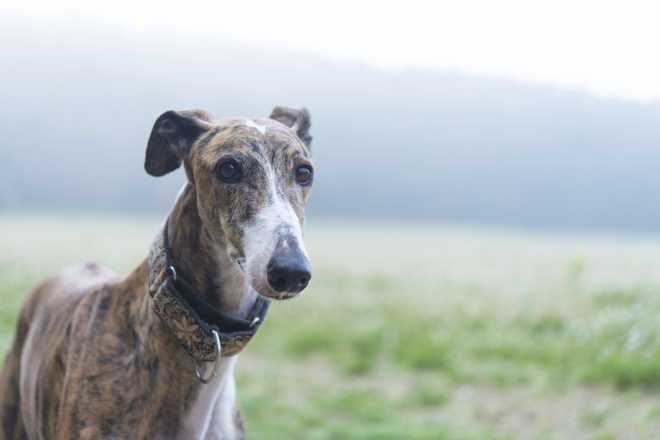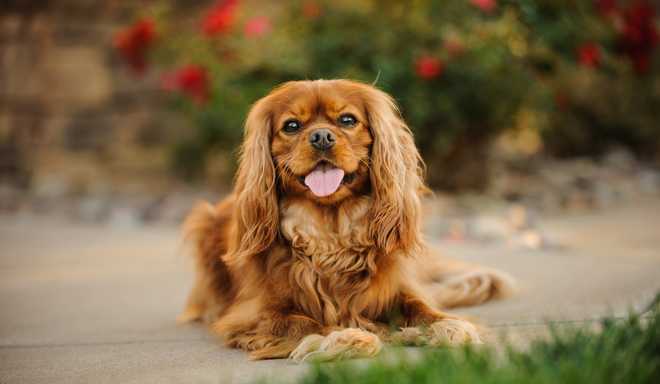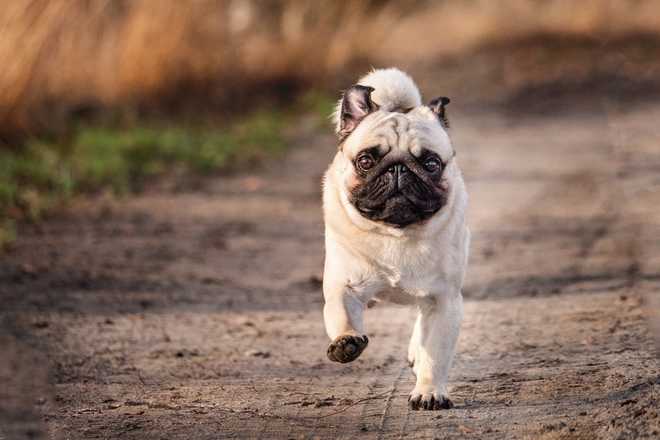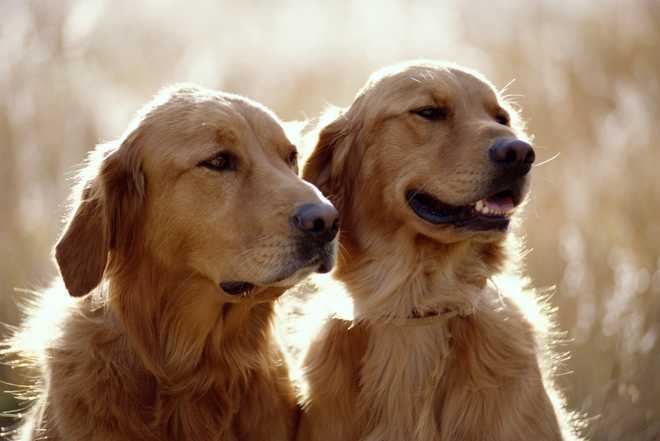9 dog breeds at higher risk of heatstroke
Plus, here's what you can do to cool your pup down
Plus, here's what you can do to cool your pup down
Plus, here's what you can do to cool your pup down
A study has uncovered which dog breeds are at a higher risk of experiencing heatstroke during the summer months – and they found that, sadly, flat-faced dogs are more likely to suffer.
In fact, brachycephalic dogs (breeds with shortened snouts) are twice as likely to suffer heatstroke compared to dogs with an average muzzle, such as Labradors, because they already struggle to breathe when resting.
Golden Retrievers and Chow Chows were also found to have an increased risk of heatstroke (because of their thick coats), as well as large and elderly dogs over 12-years-old.
"As we move into an ever-warmer world, veterinary professionals may need to include resistance to heat-related illness amongst their rationales when advising owners on breed selection," explains the team working on the study. "Breeding for good respiratory function and maintaining a healthy bodyweight should be considered key welfare priorities for all dogs to limit the risk of heat-related illness."
While any dog can develop heatstroke if they are left outside in the sun for too long, there are some breeds that are more susceptible. Take a look at the dog breeds below:
1. Chow chow (17 times more likely to suffer from heatstroke)
2. Bulldog (14 times more likely)
3. French bulldog (six times more likely)
4. French mastiff (five times more likely)
5. Greyhound (four times more likely)
6. Cavalier King Charles spaniel (three times more likely)
7. Pug (three times more likely)
8. English springer spaniel (three times more likely)
9. Golden retriever (three times more likely)
What are the signs of heatstroke in dogs?
Signs to look out for include:
- Excessive panting
- Drooling
- Agitation and restlessness
- Bright red tongue
- Very red or pale gums
- Increased heart rate
- Breathing distress
How can you cool down an overheated dog?
During the summer, always ensure you take your dog for a walk at cooler times of the day (evening and early morning). This will help to prevent them from overheating.
Some of the practical ways you can cool your pup down include:
- Let them cool down in a lake
- Add ice cubes to their water bowl (and always take water on a walk in the summer)
- Place a wet cloth on their neck, armpits and between the hind legs
- Get your hands on a cooling mat
- Head to the vet if you are worried about their heat levels


